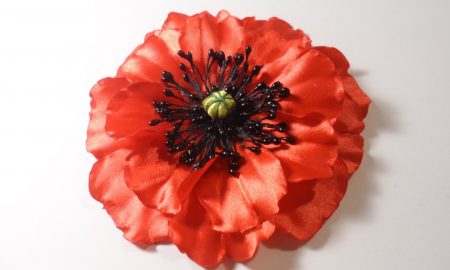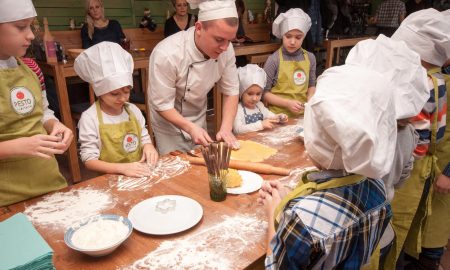Many women today, on a par with men, constantly work, and even manage to take care of themselves, devote time to family and loved ones. But there is also a considerable number of representatives of the beautiful half of humanity who can boast of having free time.
And if this free time is aimed at a constructive, creative beginning, then the fun begins here.
What can a housewife do in her free time from household chores? Well, of course, creating your own unique image or home improvement through various types of needlework.
In the old days, as many people know, the most common occupation was embroidery - cross stitch, satin stitch, beads. Today, thanks to this type of needlework, you can create one or another element of the interior, for the most part these are pillows, tablecloths, decorative napkins and towels, paintings, household items, etc.
Depending on the desire and possibilities, it is possible to take as a basis not only floss threads (the most common material), but also woolen, silk, gold or silver threads. Mostly traditional and sacred patterns are embroidered: floral (flowers, fruits, leaves, etc.), animals and birds, geometric (various geometric elements), meander (broken lines), type (stylized inscriptions).
Sewing is an equally interesting and practical activity. And if earlier, in order to sew some kind of toilet, it was necessary to make yarn, which was obtained in the process of spinning natural fibers, today there is no limit to the choice of a modern needlewoman.
Making clothes according to your own taste and idea is the main scope of sewing as such. Using ready-made patterns, or inventing an original unusual style of this or that element of clothing, you can sew a unique and one-of-a-kind thing instead of wearing the same skirts, dresses, sweaters of stamped factory production. But after all, you can sew not only clothes, but also all kinds of household items - various organizers for things, bedspreads, pillowcases, shoes and much more.
All of the above are those types of needlework that have come down to us from the past. Many new techniques and a wide choice of materials have allowed the creative imagination of man to go further.
As a result, completely new types of applied art have appeared that do not require special skills, products from which today are called hand-made (“what is done by hands”).
For example, one of the most common is polymer clay modeling. According to its characteristics, this material is very similar to plasticine, however, it does not require firing in an oven, it is enough for a product made of polymer clay to simply dry well, or warm it up in an oven at 100 ° -130 ° C.
This material opens up the widest possibilities for decoration. Starting from all kinds of jewelry (earrings, brooches, rings, key chains, etc.), you can sculpt interior figurines, vases, decorative plates and small bowls, fridge magnets and just avant-garde sculptures with your own hands - there are no limits here that hold back the creative flight of thought.
Artistic stained-glass windows have gained incredible popularity today. Stained glass, as you know, is painting on glass. And artistic stained glass involves writing real paintings on glass. And not only your own windows can become a canvas for a home artist, but also any glass object.
Stained glass paints will help to revive, for example, an ordinary glass or a vase, painted interior doors (with glass inserts) will play in a completely different way. In many modern interiors of houses and apartments there are many pieces of glass furniture, which can only benefit if you add a touch of a stained glass brush.
If it is difficult for you to create a masterpiece on a glass surface on your own, the specialists of the Steklosfera stained glass workshop are always ready to help you.
You can create original postcards for friends and loved ones, hang them on the wall or give someone an original picture thanks to another type of needlework - quilling. This is the art of twisting paper into intricate and unusual patterns that create a complete flat or three-dimensional picture from separately forming parts. This will require paper strips 1-15 mm thick and with a density of 116-160 g / m2, which are commercially available in the form of a finished designer and, of course, the desire to master the technique of paper rolling.
It would not be correct not to mention another type of applied art - decoupage. A painfully simple technique of cutting out images and then sticking them on different surfaces and fixing them with varnish, which gives fantastic results. Today, decoupage from fabrics and napkins is common. You can decorate in this way any wooden surfaces, fabrics, candles, ceramics, metal, plastic, etc., and the home interior literally changes before our eyes.
———
The stained-glass workshop "Steklosfera" - http://www.steklosphera.ru/ . Professional masters offer you unique interior solutions.









Tanya
20/05/2012 at 14:32
liked it very much!